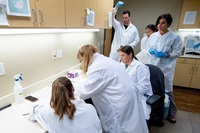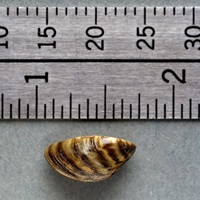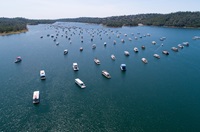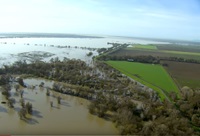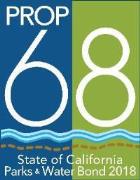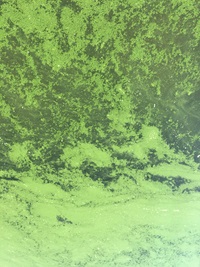
DWR urges swimmers and boaters to take the necessary precautions and stay away from algae. While some algae are harmless, certain types can produce toxins that can make people and animals sick. There is no way to tell if an algal bloom is toxic just by looking at it.

